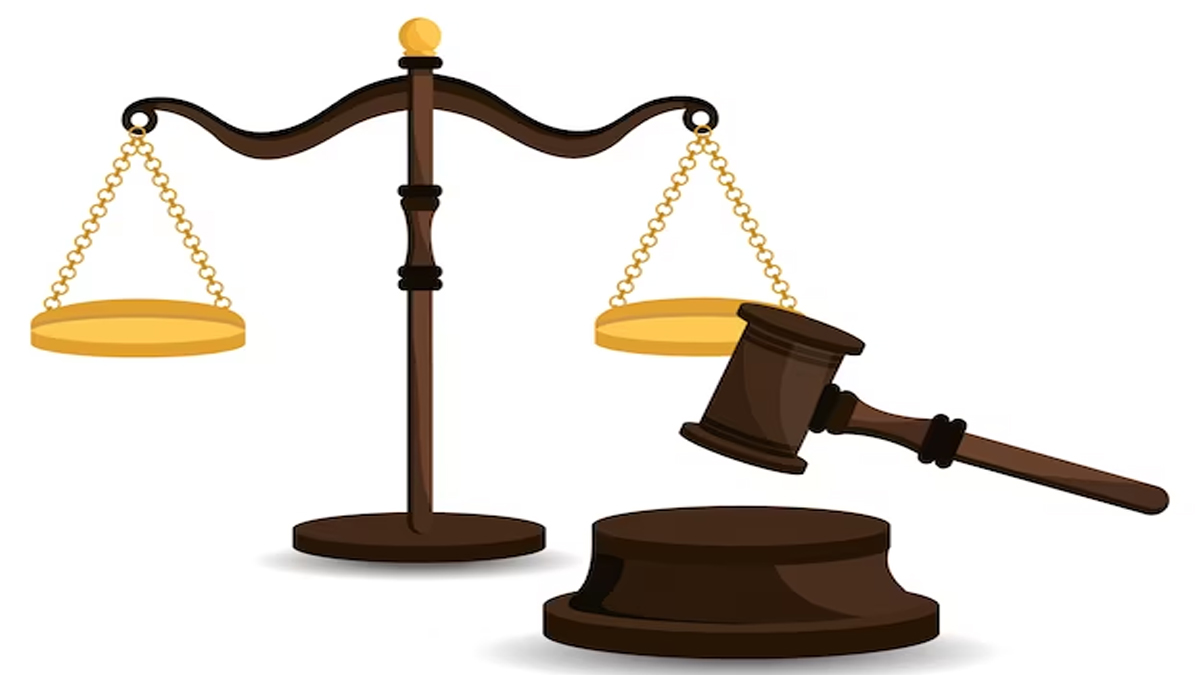Title: Preserving the Legacy: The Controversy Over Portraits in Tamil Nadu Courts
The decision raised questions about the representation of leaders and their legacies within the legal system.
In response to the notification, the Tamil Nadu State government stepped in to address the concerns raised by various groups who advocated for the preservation of the legacy of Dr. B.R. Ambedkar, the iconic social reformer and architect of the Indian Constitution. A press release from the State Law Department announced that the government would ensure that the existing statues and portraits of Dr. B.R. Ambedkar would remain untouched, despite the recent directive.
As the controversy escalated, Tamil Nadu’s law minister, S Reghupathy, decided to take the matter up with the highest authority in the state’s judiciary. In a significant move, he sought an audience with the Chief Justice of the Madras High Court, SV Gangapurwala, to discuss the issue and find an amicable solution.
During the meeting, held in the Chief Justice’s chambers, both the law minister and the Chief Justice engaged in a cordial and constructive dialogue. They delved into the historical significance and importance of preserving the legacy of leaders like Dr. B.R. Ambedkar, whose contributions to social justice and nation-building remain indelible.
Chief Justice Gangapurwala acknowledged the concerns raised by the public and assured the law minister that the court’s intention was not to undermine the contributions of other leaders, but rather to maintain decorum and neutrality within the court premises. He expressed the need to strike a balance between respecting diverse opinions while upholding the sanctity of the court’s environment.
The Chief Justice further explained that the restriction on displaying portraits of leaders other than Mahatma Gandhi and Saint Thiruvalluvar was aimed at preventing any potential distractions or controversies that might arise from displaying portraits of multiple leaders, which could inadvertently create divisions among different sections of society.
He emphasized that the objective was to foster an atmosphere of inclusivity and unity within the courts, enabling litigants and visitors to focus on the pursuit of justice without any biases or prejudices. While the court recognized the historical significance of leaders like Dr. B.R. Ambedkar, it sought to maintain a uniform environment that would be free from any affiliations that could sway legal proceedings or create undue influence.
Having heard the Chief Justice’s perspective, Minister Reghupathy expressed his appreciation for the court’s commitment to impartiality and fairness. He reiterated the government’s stance on preserving the legacy of leaders like Dr. B.R. Ambedkar and assured Chief Justice Gangapurwala that they would work together to find an appropriate way to honor the iconic leader’s contributions without undermining the court’s intentions.
The meeting concluded on a positive note, with both parties agreeing to further discussions and consultations with relevant stakeholders to arrive at a consensus. The Tamil Nadu government expressed its commitment to finding a balanced solution that would respect the court’s decorum while preserving the rich legacy of Dr. B.R. Ambedkar and other leaders who played a pivotal role in shaping the nation’s history.
As the debate continues, the focus remains on striking a delicate balance that upholds the principles of justice, inclusivity, and respect for all within the hallowed halls of Tamil Nadu’s courts. The issue serves as a reminder of the broader importance of preserving historical legacies while nurturing an environment that values unity and diversity in the pursuit of justice for all.
